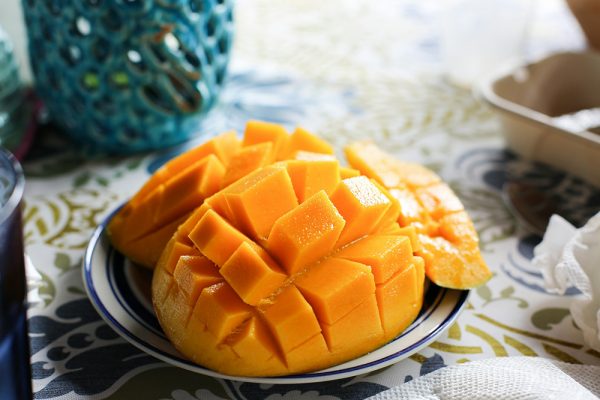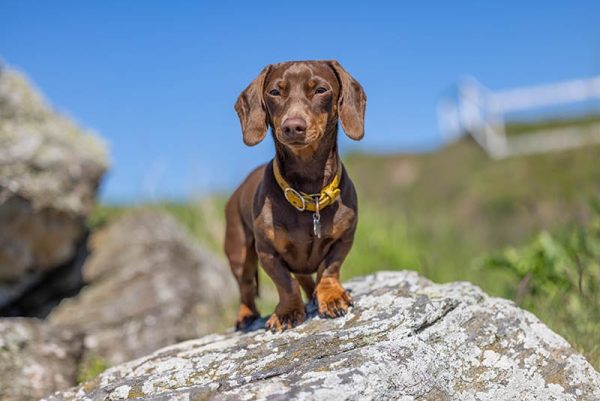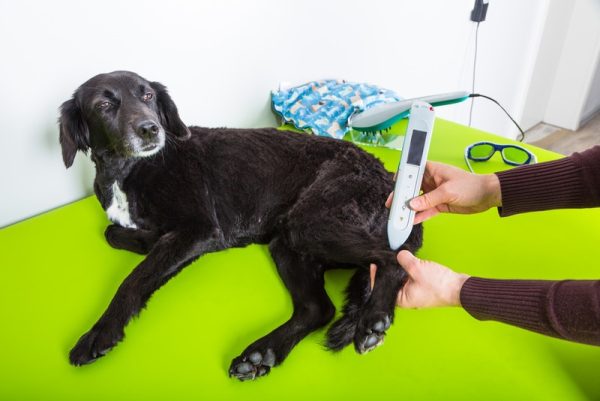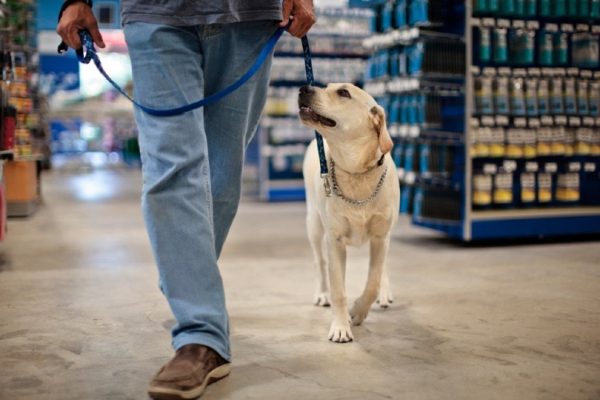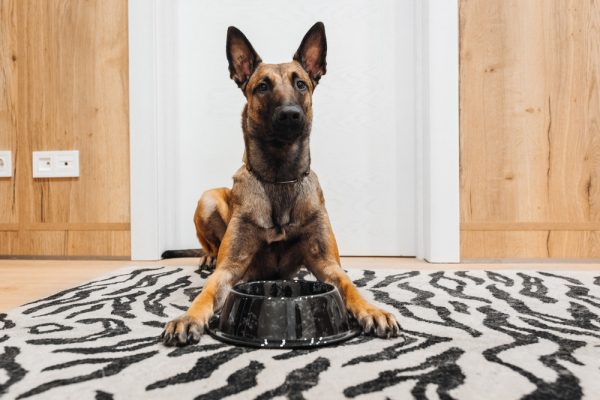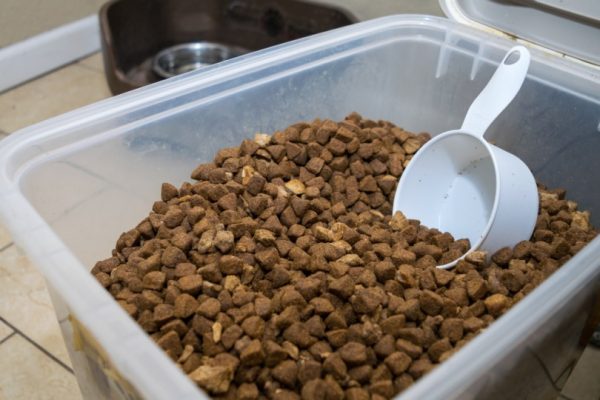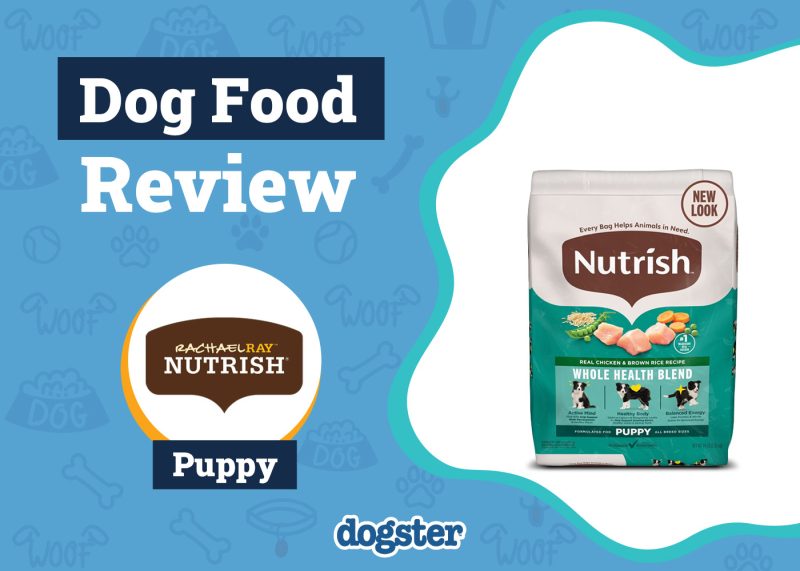In this article
Every dog lover knows how adorable and charming Pomeranians can be, especially during their early life stages. Before officially becoming adult dogs at 12 months old, they undergo several growth spurts and rapidly change their appearance and size. In only 6 months, most Pomeranians reach their adult sizes, while at birth, they weigh only a few ounces.
Watching your Pomeraniam pup grow from a tiny little ball of fluff into, well, a larger ball of fluff is a wonderful experience. As you will find out, these gorgeous dogs vary quite a lot in size, so it can be tricky to predict exactly how much your puppy should be weighing. The information below can help give you an idea of what to expect, depending on the age and size of your pup.
Pomeranians are around 6 to 7 inches tall and weigh between 3 and 7 pounds after they are fully grown. Check out the growth chart for Pomeranians below, which will help you compare your dog’s weight and growth with the recommended sizes.

Pomeranian Breed Overview
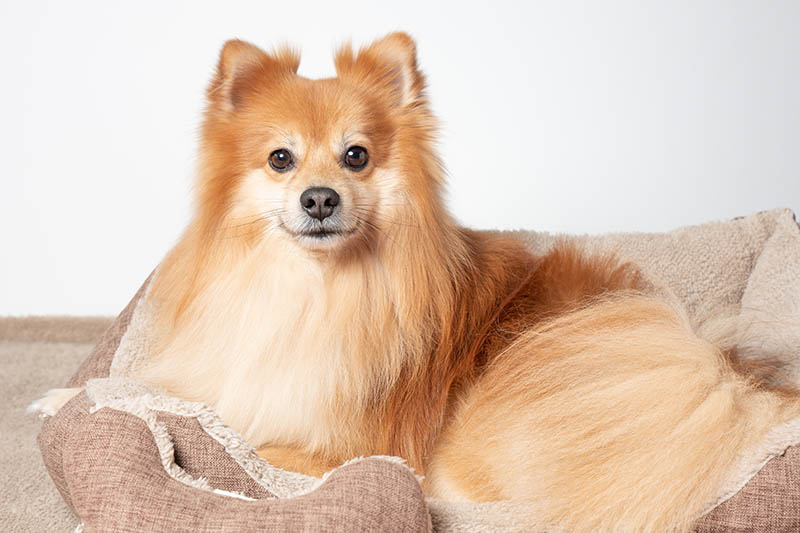
Pomeranians are known for their adorable, petite appearance and are suitable for smaller homes and apartments. Due to their tiny bodies, they are classified as toy dogs. Their regular size is 6 to 7 inches tall for adults, and they weigh between 3 and 7 pounds. Pomeranians competing in dog shows and exhibitions must be between 4 and 6 pounds.
While a Pomeranian is a much smaller dog, the size can also vary from one dog to another, and their voluminous coat can make them appear much larger than they really are. Depending on the puppy’s size, the dog will grow proportionally. Because of their short backs, the general build of the Pomeranians appears square. The usual length-to-width ratio is 1:1.
Their coat is incredibly thick, with a double layer that protects them from harsh conditions, appearing in dozens of colors and patterns.
Pomeranian Size and Growth Chart
At birth, most Pomeranian newborns can fit on the palm of your hand, weighing only a few ounces, while they will quickly hit a growth spurt and reach a pound in their third month.
| Age | Weight Range |
| 1 week | 3.75–11 oz |
| 2 weeks | 5–16 oz |
| 4 weeks | 7–24 oz |
| 6 weeks | 9–32 oz |
| 8 weeks | 11–39 oz |
| 3 months | 1–3.56 lbs |
| 4 months | 1.3–4.5 lbs |
| 4.5 months | 1.43–4.8 lbs |
| 5 months | 1.5–5.25 lbs |
| 6 months | 1.6–5.6 lbs |
| Adult (12 months) | 3–7 lbs |
Source: Pomeranian.org
When Does a Pomeranian Stop Growing?
Most Pomeranians rapidly grow between 2 and 10 months and usually reach their adult size once they are a year old. While this is usually the standard, there are occasions when a Pomeranian continues to grow until 18 months old, particularly entire (unneutered) males.
After a year, a Pomeranian is no longer considered a puppy but becomes an adult dog. They will hit several growth spurts before they turn one, and sometimes, it may seem like they are not advancing in size, which is entirely normal. By the time your Pomeranian is 6 months old, they will probably be close to their adult size but will continue to fill out and add muscle mass.

Factors Affecting the Size of a Pomeranian
Several crucial factors determine the final adult size of your Pomeranian. The first factor influencing the dog’s size is their parent’s size. If the parents are larger or smaller than usual, genetics will likely be at play, causing the puppy to appear the same way.
Nutrition can also significantly affect the size of the Pomeranian, depending on their diet. If they lack the nutrients required for healthy bones, organs, and muscle development, their growth can be stunted.
Ideal Diet for Maintaining a Healthy Weight
Maintaining a healthy and balanced diet is crucial to avoid future medical complications. For a balanced diet, Poms need plenty of protein, fiber, and healthy fats. Depending on your dog’s age, metabolism, and daily activity, you can calculate the ideal amount of food to provide them. Look for food high in healthy proteins, such as high-quality meat. Chicken, lamb, turkey, and beef are all ideal sources of quality animal protein.
We recommend getting advice and guidance from a veterinarian if you have any questions or concerns regarding your pet’s diet and weight.
If you need to speak with a vet but can't get to one, head over to PangoVet. It's an online service where you can talk to a vet online and get the personalized advice you need for your pet — all at an affordable price!

How to Measure Your Pomeranian
To closely monitor your Pomeranian’s growth, you need to learn how to measure it properly. Since it is always good to have a frame of reference for the general Pomeranian size, measuring your dog will give you insight into standard sizes for their age group.
- You’ll need to measure the length, height, and weight of your Pomeranian. When using a tape measure, hold it against their body, not over the fur. You will realize just how much difference their coat makes to their size the first time you give your Pom pup a bath!
- The second measurement is the dog’s height, which is measured from the base of the paws to the shoulders. This measurement should ideally be between 6 and 7 inches.
- The third measurement you’ll need to take is your dog’s weight. This one is quite simple: You only need to measure yourself on a scale and then measure yourself while holding the dog. Once you subtract the first number from the second, you should get your dog’s weight, ideally between 3 and 7 pounds.
- When your pup is very small, you might want to use a kitchen scale for better accuracy.
- Although different pups will grow at different rates, it is important that your Pomeranian puppy is gaining weight every week. If this isn’t the case, talk to a vet.

Final Thoughts
Now that you have a better idea of your Pomeranian’s ideal size and weight, you should be able to monitor their growth accurately. Pomeranians are classified as a toy breed, meaning their weight doesn’t significantly vary, and they typically reach around 7 pounds.
Hopefully, learning how to measure your dog correctly and understanding the recommended weight for particular age groups will help you maintain a healthy weight and size for your dog.
See also:
- How To Train a Pomeranian: Vet-Approved Tips
- When Does a Pomeranian Go Into Heat? Vet-Approved Facts & FAQ
Featured Image Credit: thanai asawaroengchai, Shutterstock



